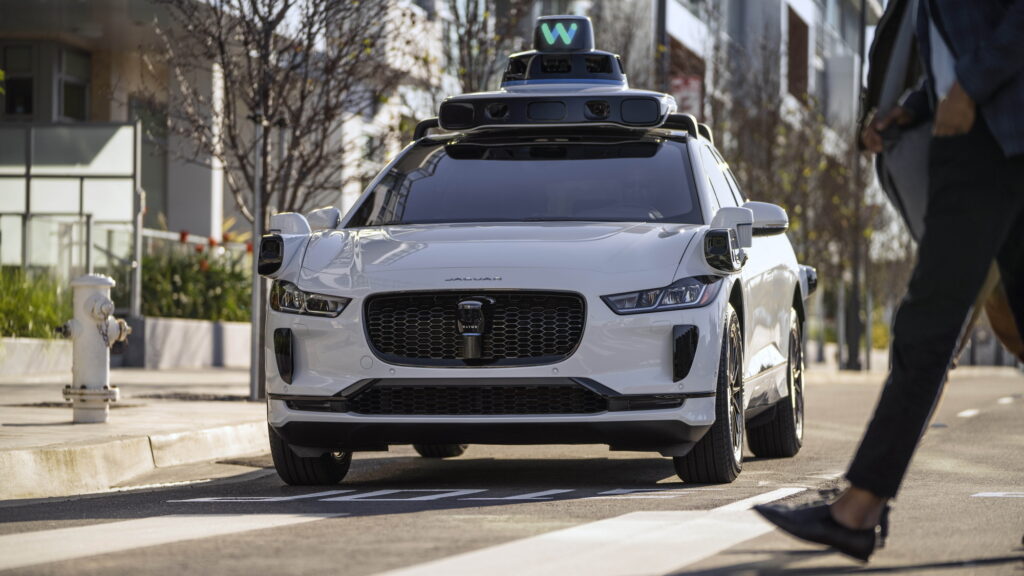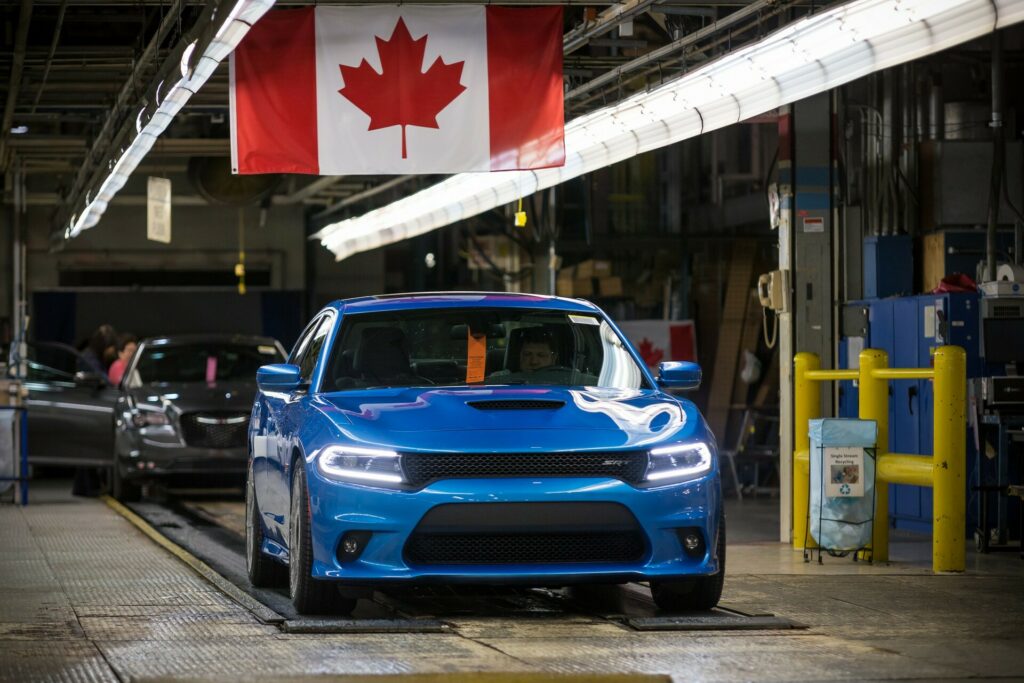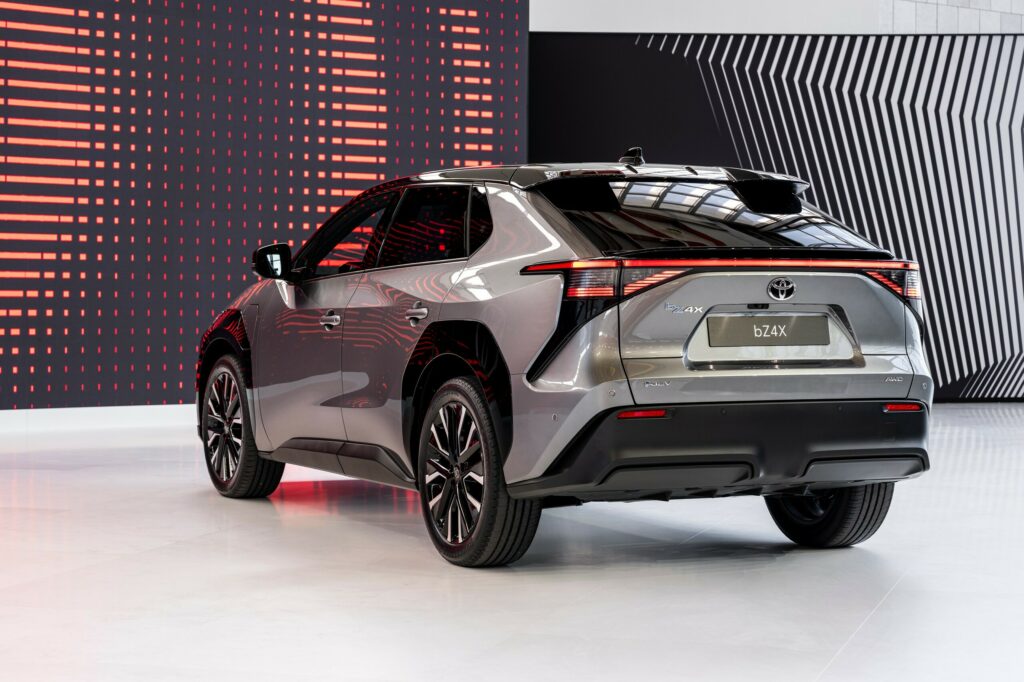Dodge’s Charger Daytona Left One Owner Stuck And Furious
- Daytona owner reports serious charging and braking system issues.
- Stellantis has so far refused to buy back the faulty Charger Daytona.
- Others have complained about problems with the sliding front seats.
Dodge was confident that the all-electric Charger Daytona would spark a new era for muscle cars, but the reality has been far less electrifying. Reality, however, has been less kind. Reception has been lukewarm at best, and increasingly troubled as early issues begin to surface.
Not only has Dodge already dropped the base R/T models, but a growing number of drivers are now voicing concerns about serious faults with the car.
Read: Charger Daytona Owner Says His New Car Is ‘Practically Useless’ After Endless Problems
One owner describes the new Charger Daytona as a car that “drives and performs phenomenally,” but only when it works. And, it seems it doesn’t work as it should much of the time. Among the most troubling issues is inconsistent charging performance.
What’s Wrong With Charging?
Writing on Reddit, the driver explains that they’ve never managed to charge the vehicle reliably at public stations. Sessions frequently stall, forcing them to unplug and reconnect every 5 to 10 percent, which is understandably maddening.
At one charging station, he said he had to trick the app into thinking his Charger was a Cadillac Lyriq just to get the session started. He also mentioned that the home charger included with the purchase has yet to arrive.
There’s also an issue with the rear seat, as we’ve reported previously. When you pull forward the front seat to allow a rear-seat passenger to get out, the front seat will slowly slide forward before automatically sliding backward, potentially pinching someone trying to climb out from the rear.
Terrifying Brakes
The “last straw” was a fault they experienced with the brakes. While stopped outside a store, the brake pedal was pressed firmly to the floor, yet the car attempted to surge forward several times
Moments later, the dashboard lit up with multiple warning lights, traction control switched off on its own, and the Daytona eventually shut down completely. It stayed that way for several minutes before it would restart.
More: Only A Dodge Charger EV Could Get Ticketed For A Loud Exhaust
Stellantis hasn’t been much help, according to the poster. The company denied a buy-back request but did agree to cover a rental while the Charger is being repaired. Unfortunately, the allowance is capped at $60 a day, while the least expensive rental available costs $80.
“I’m at a loss with options, and I just want to warn anyone considering purchasing or leasing this vehicle,” they added. “I unfortunately went the purchase route since I drive so many miles a year.”
Given the extent of these problems, his best option may now be to pursue legal help under lemon laws to force a buy-back.
BUYER BEWARE: Dodge Charger Daytona – Numerous Issues – Lack of Support.
byu/hobobumpkins inDodge




















